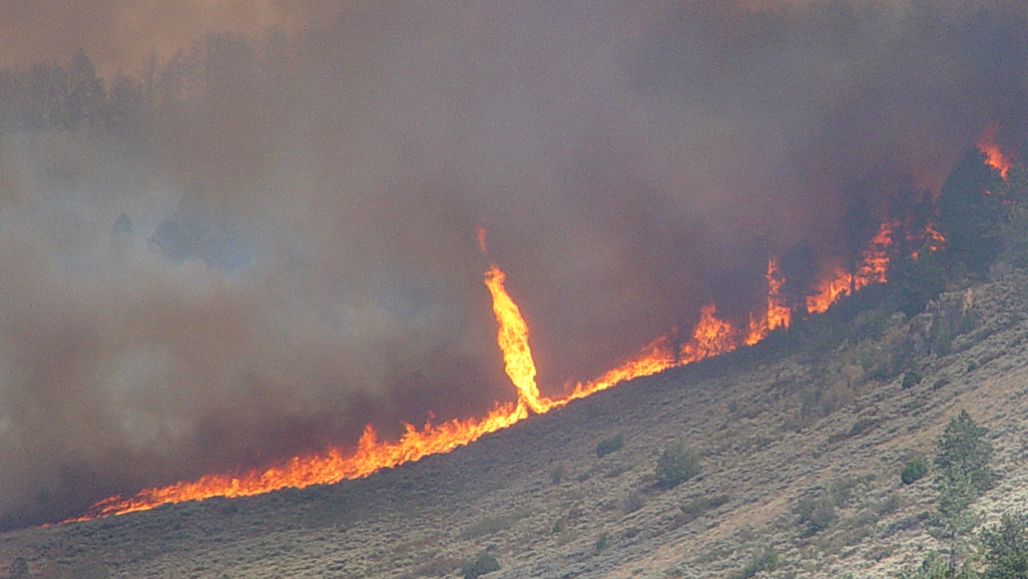ash (in geology) Small, lightweight fragments of rock and glass spewed by volcanic eruptions. (in biology) A group of deciduous trees in the olive family that are popular in landscaping and for timber.
cloud A plume of molecules or particles, such as water droplets, that move under the action of an outside force, such as wind, radiation or water currents. (in atmospheric science) A mass of airborne water droplets and ice crystals that travel as a plume, usually high in Earth’s atmosphere. Its movement is driven by winds.
cumulonimbus A cloud forming a towering mass with a flat base at fairly low altitude and often a flat top. These clouds can give rise to thunderstorms.
cumulus A type of especially puffy cloud that sometimes look like floating mounds of cotton. Its base may be flat and fairly low (just 1,000 meters, or 3,300 feet, above the ground). The cloud’s crown, or top, tends to look like rounded towers. When these clouds develop into giant moisture-filled towers, they evolve into what’s known as cumulonimbus clouds, the type from which thunderstorms develop.
debris Scattered fragments, typically of trash or of something that has been destroyed. Space debris, for instance, includes the wreckage of defunct satellites and spacecraft.
firenado A true tornado that can suddenly develop from conditions that accompany a wildfire. These cyclones stretch down from a rotating cloud base above. They are different from firewhirls — far smaller, twirling whirlwinds of fiery debris that often rise up from a blaze on the ground.
moisture Small amounts of water present in the air, as vapor. It can also be present as a liquid, such as water droplets condensed on the inside of a window, or dampness present in clothing or soil.
supercell (in atmospheric science) A weather system with strong rotating clouds that is fueled by a long-lasting updraft of air. Such systems can generate hail — or even tornadoes.
tornado A violently rotating column of air extending from the ground to a thunderstorm above.
updraft A strong mass of air that rises quickly.
vortex (plural: vortices) A swirling whirlpool of some liquid or gas. Tornadoes are vortices, and so are the tornado-like swirls inside a glass of tea that’s been stirred with a spoon. Smoke rings are donut-shaped vortices.
water vapor Water in its gaseous state, capable of being suspended in the air.
weather Conditions in the atmosphere at a localized place and a particular time. It is usually described in terms of particular features, such as air pressure, humidity, moisture, any precipitation (rain, snow or ice), temperature and wind speed. Weather constitutes the actual conditions that occur at any time and place. It’s different from climate, which is a description of the conditions that tend to occur in some general region during a particular month or season.








